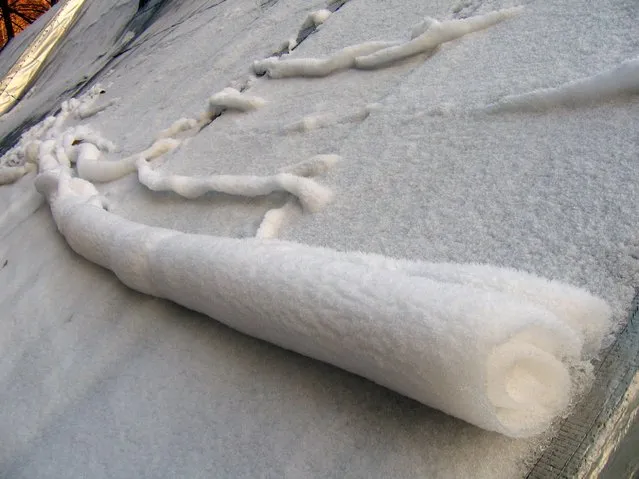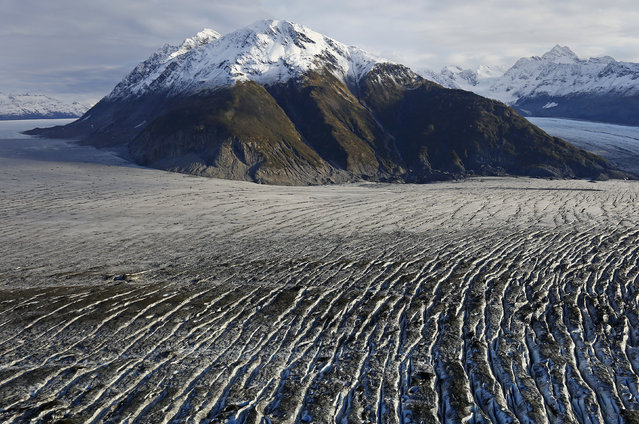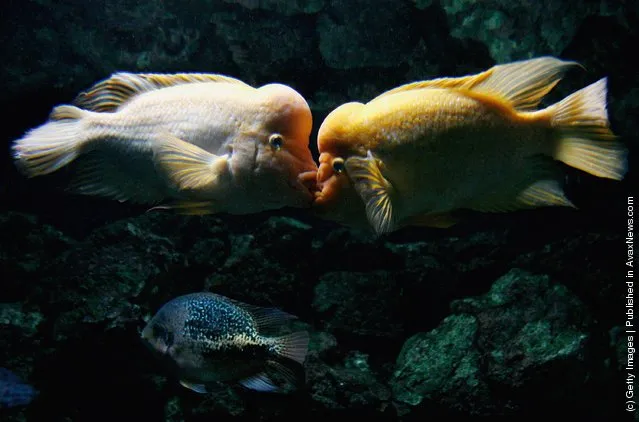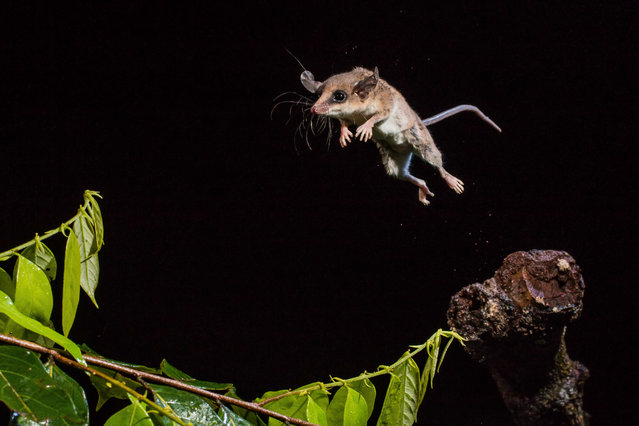
Italian Prime Minister Giorgia Meloni (L) is welcomed by the European Parliament President Roberta Metsola ahead of a meeting at the European Parliament in Brussels, Belgium, 03 November 2022. (Photo by Stephanie Lecocq/EPA/EFE/Rex Features/Shutterstock)
05 Nov 2022 04:33:00,post received
0 comments







